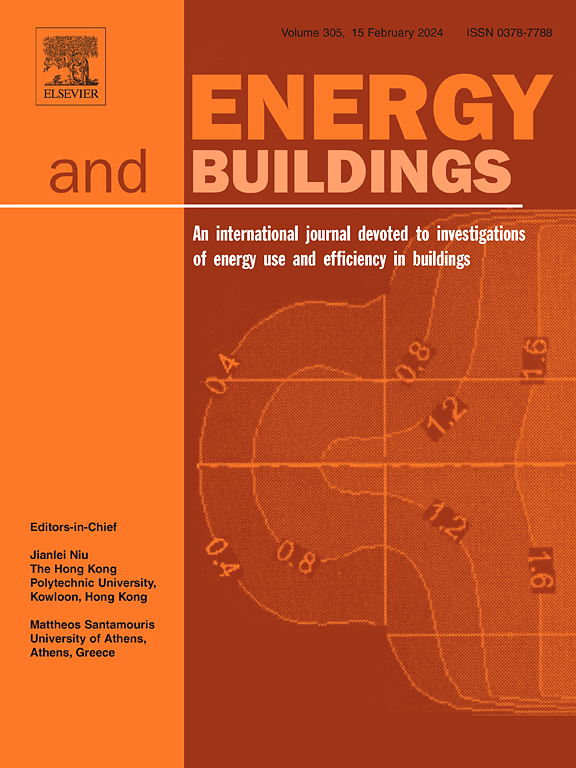On enhancing the performance of modified bitumen through the synergistic mechanism of polyurethane and waste rubber powder
IF 6.6
2区 工程技术
Q1 CONSTRUCTION & BUILDING TECHNOLOGY
引用次数: 0
Abstract
Despite advancements in bitumen technology, traditional bitumen often fails to meet the increasing demands for durability and environmental sustainability. In this study, thermoplastic polyurethane (TPU) and waste rubber powder (WRP) were utilized to prepare a composite-modified bitumen to overcome the performance limitations of conventional bitumen. The performance of this composite-modified bitumen was comprehensively evaluated through rheological tests, thermal stability tests, infrared spectroscopy, and micro-morphological analysis. Molecular dynamics simulations revealed the molecular-level interactions between TPU and WRP, further explaining the enhancement mechanisms. The study showed that WRP undergoes a crosslinking reaction at high temperatures, enhancing the thermal stability of the composite-modified bitumen, while the elasticity of TPU promotes a microlevel interlocking mechanism that improves mechanical properties and deformation resistance. The optimal mixing ratios of TPU to WRP were determined to be 8 % and 10 %. The three-dimensional network structure formed by the long polymer chains of TPU as the main framework, interspersed with WRP, effectively optimizes the temperature stability and elastic recovery of the bitumen. This study not only fills a critical gap in research on the synergistic effects of TPU and WRP but also provides a theoretical and experimental foundation for developing low-noise, durable bitumen pavements.

求助全文
约1分钟内获得全文
求助全文
来源期刊

Energy and Buildings
工程技术-工程:土木
CiteScore
12.70
自引率
11.90%
发文量
863
审稿时长
38 days
期刊介绍:
An international journal devoted to investigations of energy use and efficiency in buildings
Energy and Buildings is an international journal publishing articles with explicit links to energy use in buildings. The aim is to present new research results, and new proven practice aimed at reducing the energy needs of a building and improving indoor environment quality.
 求助内容:
求助内容: 应助结果提醒方式:
应助结果提醒方式:


